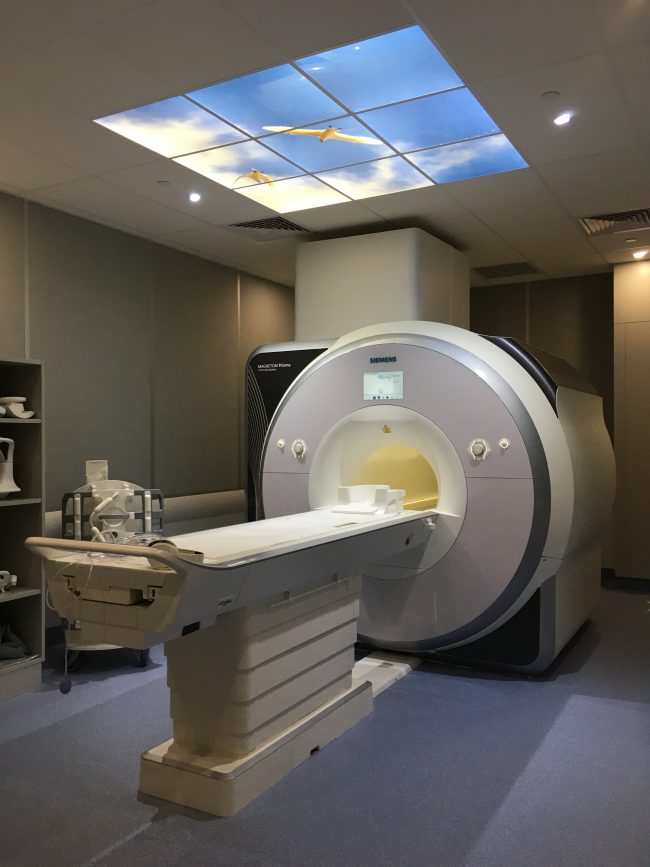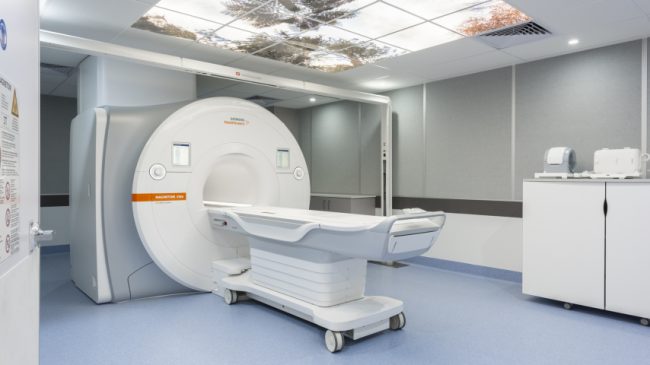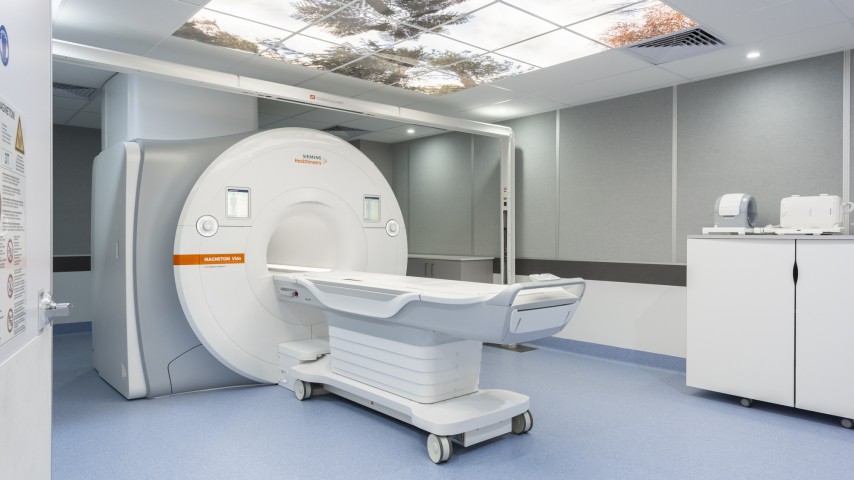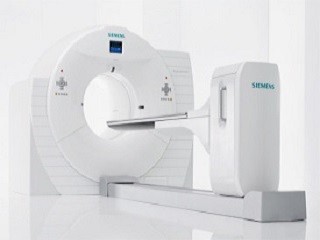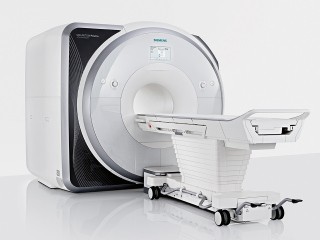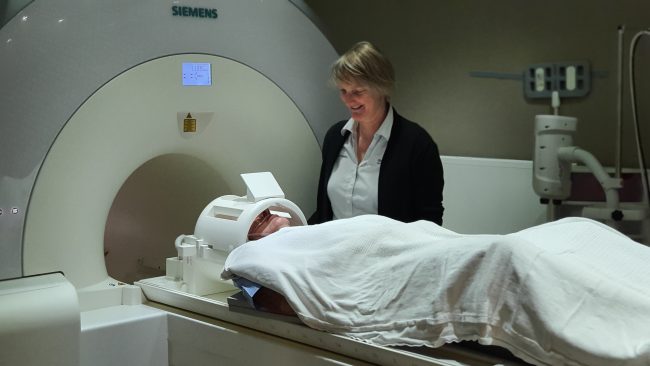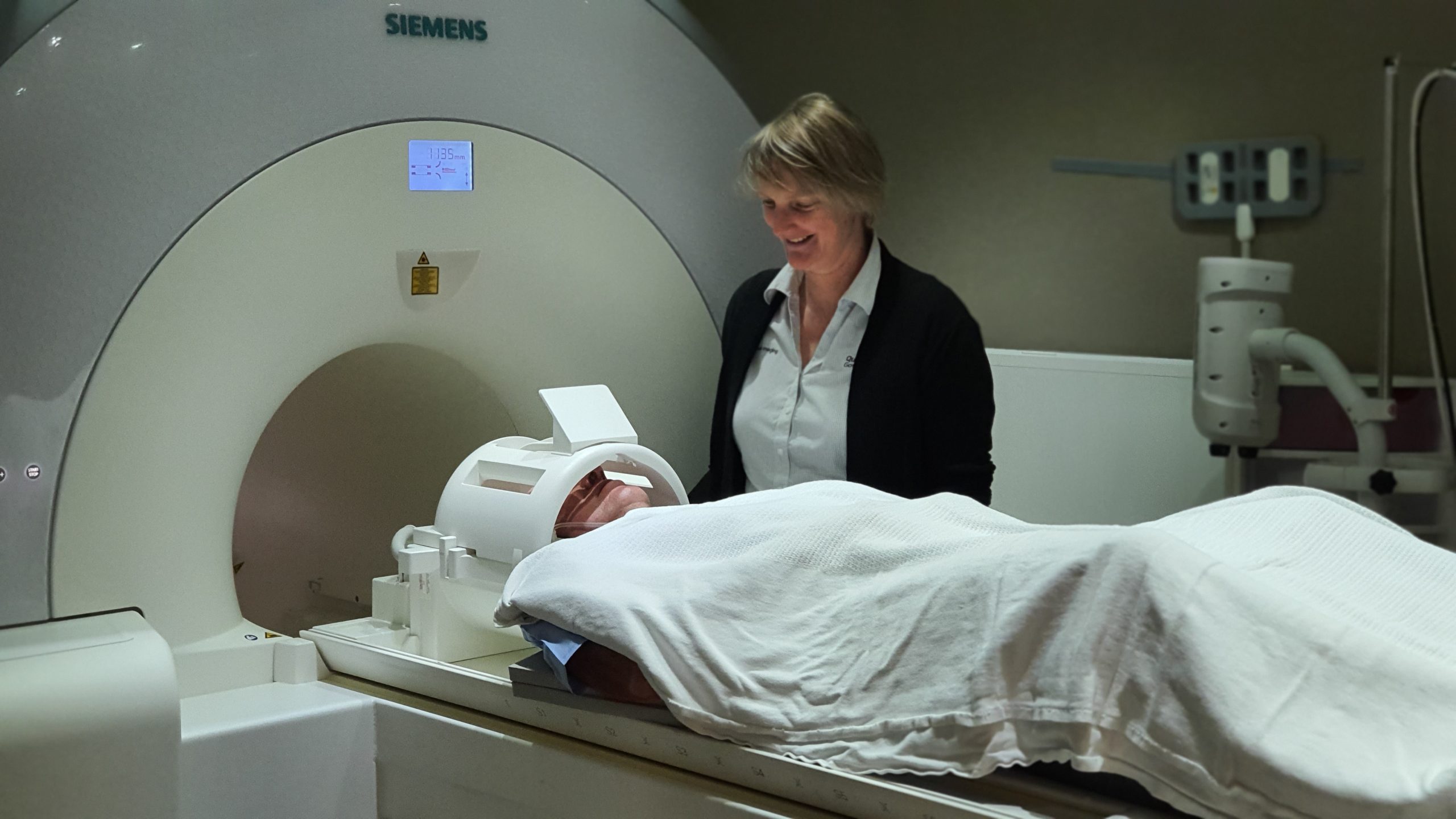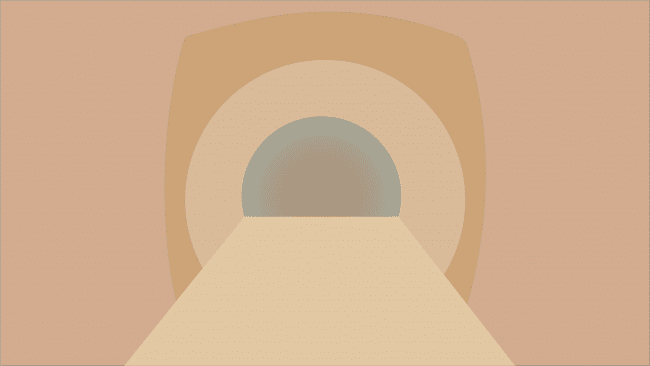3T Siemens Magnetom Prisma MRI UNSW
Siemens 3T Magnetom Prisma MRI
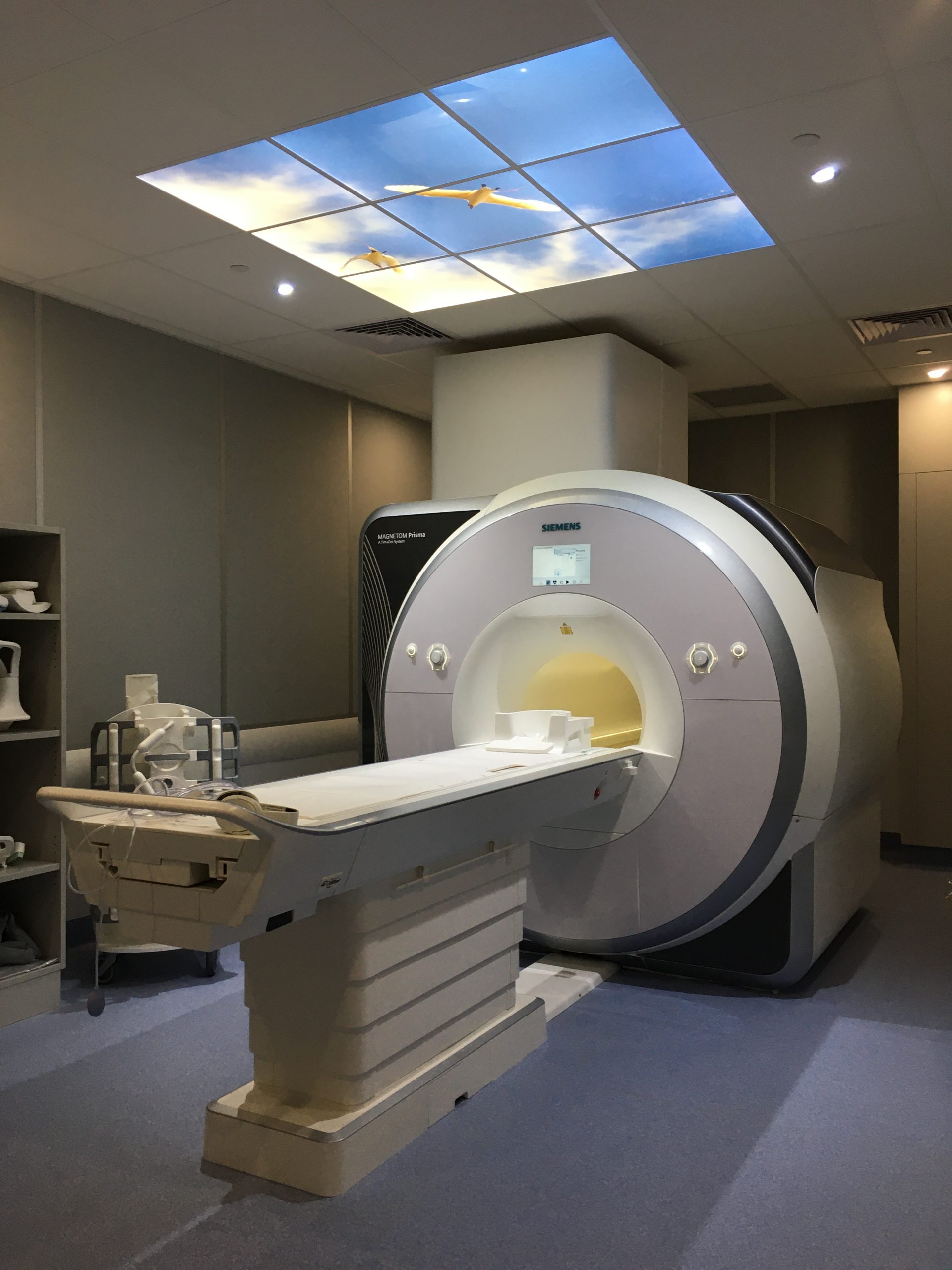
The Siemens 3T Magnetom Prisma is a 60 cm bore magnet design with 80mT/m gradients and a maximum slew rate of 200 T/m/s.
64 channel head/ neck coil, 32 channel spine and 18 channel body coils for neuro, cardiac, body and musculoskeletal imaging
fMRI, DTI, contrast‐ and arterial spin labelling based perfusion diffusion, cardiac and body imaging, T1 and T2 mapping, vascular imaging
Elastography hardware and software
Cambridge Research Systems BOLDscreen 32″ LCD display and Lumina response pads for fMRI studies
Contrast injector
Physiology monitoring and recording, cardiac and respiratory gating
Inquiries
To the Node



To NIF Central
[wpforms html_class = "tatsu-wp-form-rounded-with-underline tatsu-wp-form-submit-rounded" id="4698"]


